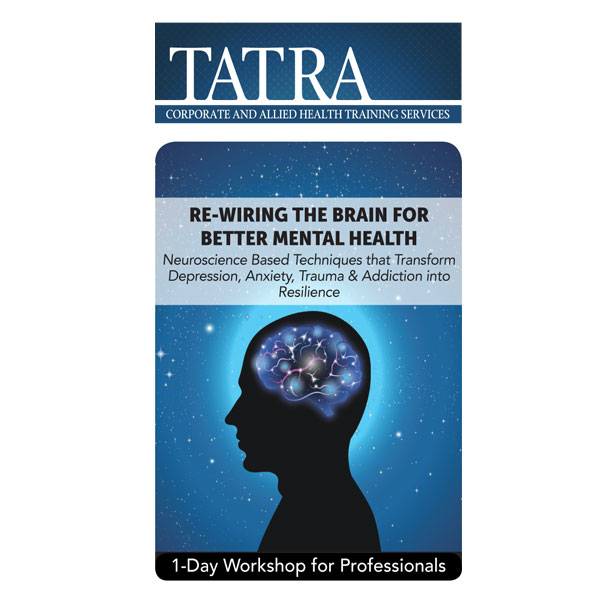
Harmony Within: Techniques for Mental Stability
In the chaotic rhythm of modern life, maintaining mental stability is a vital aspect of overall well-being. Explore effective techniques that promote harmony within, fostering mental stability and resilience.
Mindfulness Meditation for Present Awareness
Mindfulness meditation is a powerful technique for cultivating present awareness. By focusing on the breath and observing thoughts without judgment, individuals can ground themselves in the present moment. Regular practice of mindfulness meditation enhances clarity of mind, reduces stress, and fosters mental stability.
Breathing Exercises to Calm the Mind
Conscious control of breath is a simple yet potent technique to calm the mind. Deep breathing exercises, such as diaphragmatic breathing or box breathing, activate the body’s relaxation response. Incorporating these exercises into daily routines provides an immediate sense of calm and stability.
Positive Affirmations for a Healthy Mindset
Positive affirmations contribute to building a healthy mindset. By repeating positive statements, individuals can reframe negative thought patterns and cultivate a more optimistic outlook. Incorporating daily affirmations reinforces a positive self-perception and supports mental stability.
Journaling for Emotional Expression
Journaling is a therapeutic technique that allows for emotional expression. Writing down thoughts and feelings provides an outlet for processing emotions and gaining clarity. Regular journaling fosters self-awareness and contributes to emotional stability.
Setting Boundaries for Stress Management
Establishing healthy boundaries is crucial for stress management and mental stability. Learning to say no when necessary, prioritizing self-care, and creating limits on work or social commitments contribute to a balanced lifestyle and emotional well-being.
Cognitive Behavioral Techniques for Thought Restructuring
Cognitive-behavioral techniques involve identifying and restructuring negative thought patterns. By challenging and changing irrational beliefs, individuals can transform their mental outlook. These techniques are valuable tools for promoting resilience and maintaining mental stability.
Physical Exercise for Mental Resilience
The connection between physical and mental well-being is profound. Regular exercise releases endorphins, reduces stress hormones, and contributes to a positive mood. Engaging in physical activities promotes mental resilience and stability.
Mind-Body Practices: Yoga and Tai Chi
Mind-body practices, such as yoga and Tai Chi, combine physical movement with mindfulness. These ancient traditions promote relaxation, flexibility, and a sense of inner peace. Regular practice enhances mental stability and contributes to overall well-being.
Digital Detox for Mental Clarity
In the age of constant connectivity, a digital detox is essential for mental stability. Taking breaks from screens, limiting social media use, and engaging in offline activities create space for mental clarity and focus. A digital detox contributes to a healthier relationship with technology and improved mental stability.
Evolution Grooves: Nurturing Mental Well-Being
Explore Evolution Grooves for resources that nurture mental well-being. Visit evolutiongrooves.com to discover products and tools designed to support your journey toward mental stability. Elevate your well-being with innovative solutions that foster harmony within.
Conclusion: Cultivating Lasting Mental Stability
In conclusion, cultivating mental stability is an ongoing practice that involves a combination of mindfulness, breathing exercises, positive affirmations, journaling, setting boundaries, cognitive-behavioral techniques, physical exercise, mind-body practices, and occasional digital detox. Evolution Grooves stands as a supportive partner in this journey, offering resources to enhance your mental well-being and promote a harmonious and stable mind.

